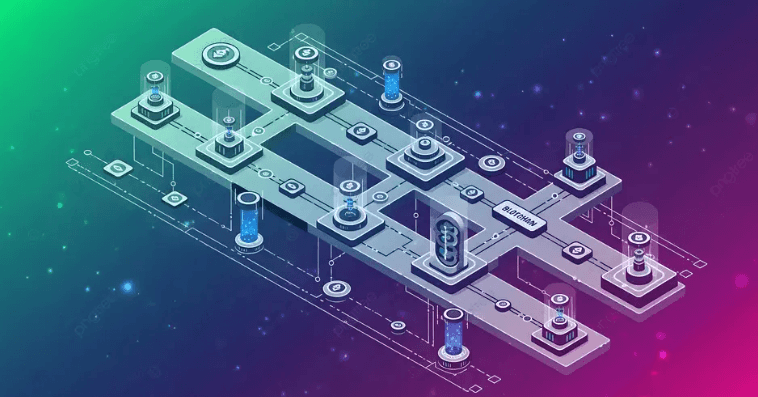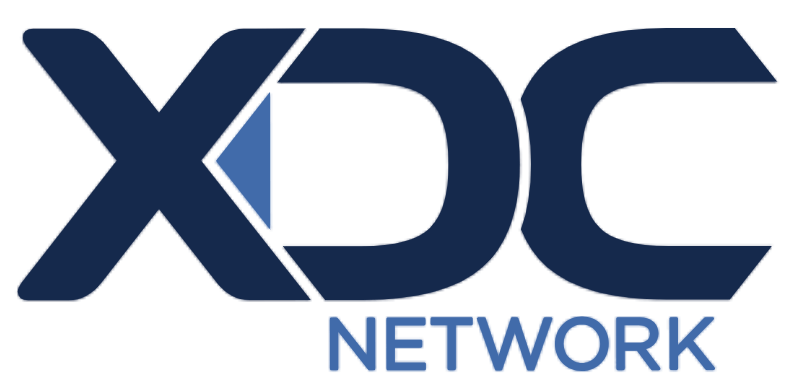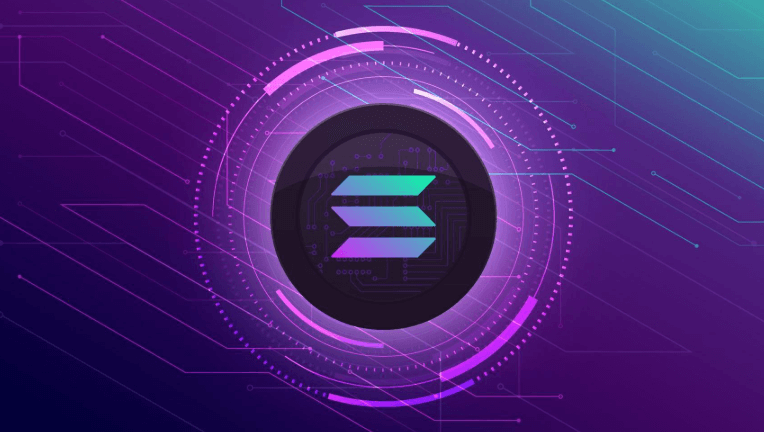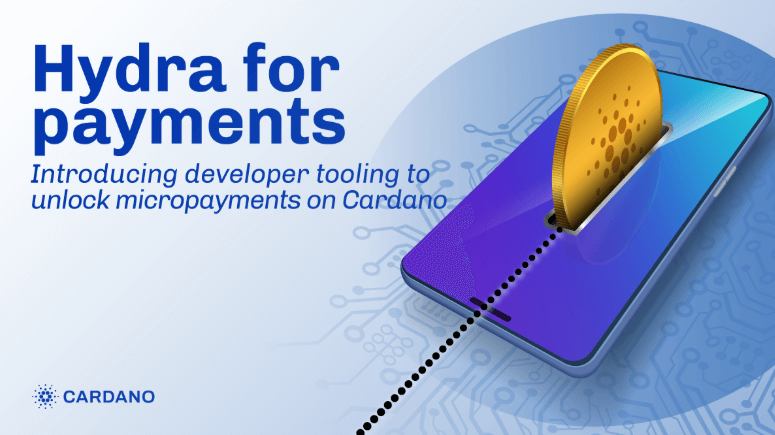
Ethereum developers have unveiled R1, a new Layer 2 scaling solution designed to improve transaction efficiency without the influence of venture capital or token-based incentives. The project has attracted significant attention within the crypto community due to its minimalist and mission-driven approach.
Unlike many Layer 2 networks that issue native tokens or raise capital from investors, R1 was built entirely by a team of Ethereum core contributors who chose to remain anonymous, and it operates without any plans for a token airdrop or VC involvement. The platform aims to embody the ethos of decentralization by focusing strictly on technical performance and neutrality.
“No token. No airdrop. No VCs,” the developers stated in their launch announcement. “Just a fast, cheap, and reliable Layer 2 for Ethereum users and builders.”
What Makes R1 Different?
R1 is built on a ZK-rollup architecture, meaning it batches hundreds of transactions off-chain and submits a single proof to Ethereum mainnet, significantly reducing costs and improving scalability. However, what truly sets R1 apart is its no-token policy, which goes against the prevailing trend in the Layer 2 ecosystem where most networks launch with governance or utility tokens.
This approach removes speculative hype and focuses on creating a sustainable, developer-first infrastructure for decentralized applications (dApps). As of now, R1 is already processing real transactions and is compatible with many existing Ethereum tooling and wallets.
Community Reactions
The crypto community has responded with a mix of admiration and curiosity. Some have praised R1 for returning to Ethereum’s ideological roots, while others wonder whether the project can remain competitive without the typical financial incentives used to bootstrap growth.
Analysts believe R1 may appeal to developers and users disillusioned with the commercialization of Web3 infrastructure. Others note that the absence of a token may limit the project’s funding potential or ability to attract liquidity for DeFi applications.
A Statement Against Hype?
R1 appears to be a deliberate reaction to the Layer 2 gold rush, where many projects have raised millions—sometimes billions—through token launches and VC backing. By rejecting both, the R1 team is making a philosophical and strategic bet: that performance, simplicity, and ethos matter more than marketing or tokenomics.
As Ethereum continues to grow and Layer 2s become the default mode for transactions, R1 may serve as an important counterpoint to the commercialized nature of most scaling solutions.
Disclaimer: This article is for informational purposes only and is not investment advice. Investors should research carefully before making any decisions. We are not responsible for your investment decisions.
















